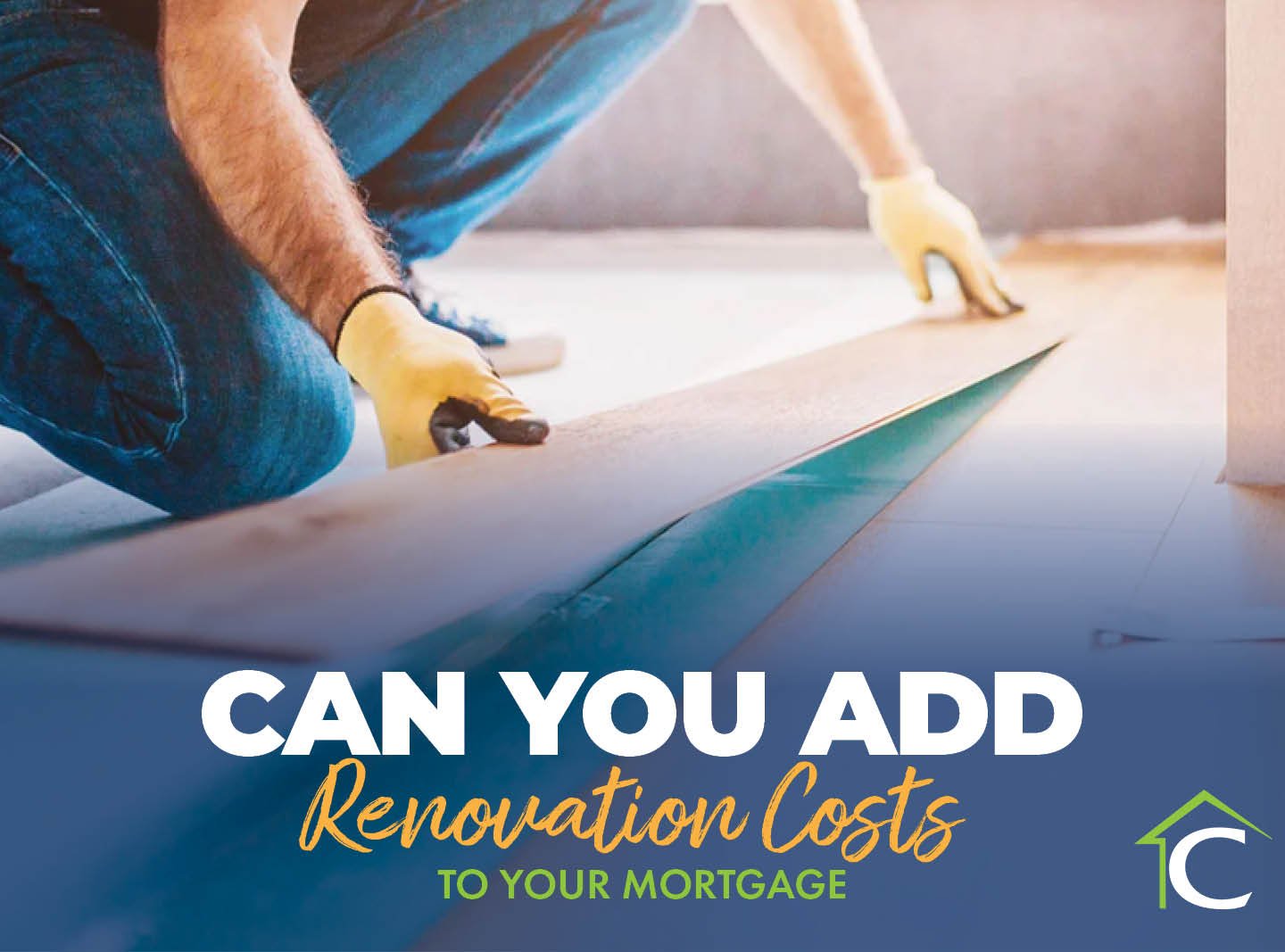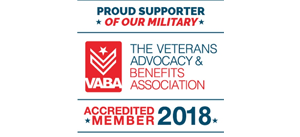Editor’s Note: This blog post was originally published in November 2019 and has been revised to reflect industry updates.
Potential homeowners continue to face obstacles in 2023, including limited inventories, soaring prices, and more.
Rather than renting, living with family members, or residing in an unsuitable property, many new homeowners are purchasing rehab and fixer-upper homes. Currently, there are two types of government-backed loans for these projects: Federal Housing Administration (FHA) 203(k) Limited and Standard. Conventional options are also wise choices. The Federal National Mortgage Association, also known as Fannie Mae, offers its HomeStyle Renovation Mortgage. Another is the CHOICERenovation loan through Freddie Mac.
There are several important factors to consider when determining which of these is the optimal loan for your home. This includes income requirements, necessary qualifications, credit scores, and more. It’s therefore important to work with a reputable and approved lender such as Contour Mortgage when deciding the best choice.
Let’s examine the qualifications, requirements, advantages, and differences between FHA 203(k) loans and conventional rehab mortgages.
What Is a Rehab Loan?
Designed for purchasing fixer-upper properties or improvements and upgrades on a current residence, rehab loans are available either through the FHA, Fannie Mae, or Freddie Mac. While all are appropriate, they can only be acquired through an approved mortgage lender or banker.
If choosing a FHA-backed loan, down payments can be as low as 3.5 percent, with more lenient credit score requirements and debt-to-income (DTI) ratios.
FHA 203(k) Loans
Provided by the U.S. Department of Housing and Urban Development (HUD), this loan is backed and insured by the FHA. Intended to help borrowers obtain a fixed- or adjustable-rate mortgage, this loan covers costs of the property’s purchase and repairs.
Boasting slightly more lenient terms than conventional mortgages, other benefits include a significant return on investment (ROI) from value-add improvements, and lower down payment, DTI ratio, and credit score requirements.
Borrowers with previous foreclosures and bankruptcies could also qualify per designated waiting periods.
While private mortgage insurance (PMI) isn’t necessary, upfront guarantees and annual fees are still required—the former is 1 percent of the loan, the latter 0.35 of outstanding principal.
As aforementioned, this loan offers two options: Limited and Standard.
Limited 203(k)
The FHA permits borrowers up to $35,000 into their mortgage for repairs, improvements and upgrades. Sometimes referred to as Streamline, this loan is appropriate for cosmetic upgrades, such as flooring, appliances, plumbing and electrical work, as well as kitchen and bathroom renovations. Dependent on location, total amounts are capped per FHA Mortgage Limits.
Standard 203(k)
Geared toward repairing fire or flood damage from hurricanes and other natural disasters, this loan’s higher limits are designed for more costly rehabilitation projects.
Conventional Rehab Loans
While FHA 203(k) loans are a viable rehab mortgage solution, there are also conventional options. Fannie Mae offers its HomeStyle Renovation Mortgage, while Freddie Mac has the CHOICERenovation loan.
Fannie Mae Homestyle
Available as a fixed- and adjustable-rate, this flexible loan assists borrowers with improvements and upgrades via a primary mortgage, rather than other costly methods. It can also be bundled with certain Fannie Mae products.
According to HomeStyle Renovation Mortgages: Loan and Borrower Eligibility requirements, approved renovations must not exceed 75 percent of the home purchase price and renovation costs, or post-construction appraised value—whichever is lesser. This can include outdoor amenities such as pools, patios, and landscaping.
Freddie Mac CHOICERenovation
CHOICERenovation can be utilized toward multi-unit dwellings, as well as second homes, or investment properties. It also carries a 3.5-percent down payment, and lower credit scores and DTIs. Available as a 15- or 30-year term, certain limitations may apply depending on your location. To achieve down payment credits, borrowers can complete repairs during the contract period prior to closing.
Similar to FHA 203(k) loans, this financing type could include additional appraisals to ensure renovations and improvements meet the post-construction value.
The Takeaway
With several pros and cons of rehab mortgages, it’s essential to consult with a reputable mortgage lender regarding qualifications, requirements, and other factors.
Contour Mortgage provides lending services throughout the United States. Contact us to learn more about our various rehab project loans.
















